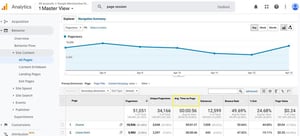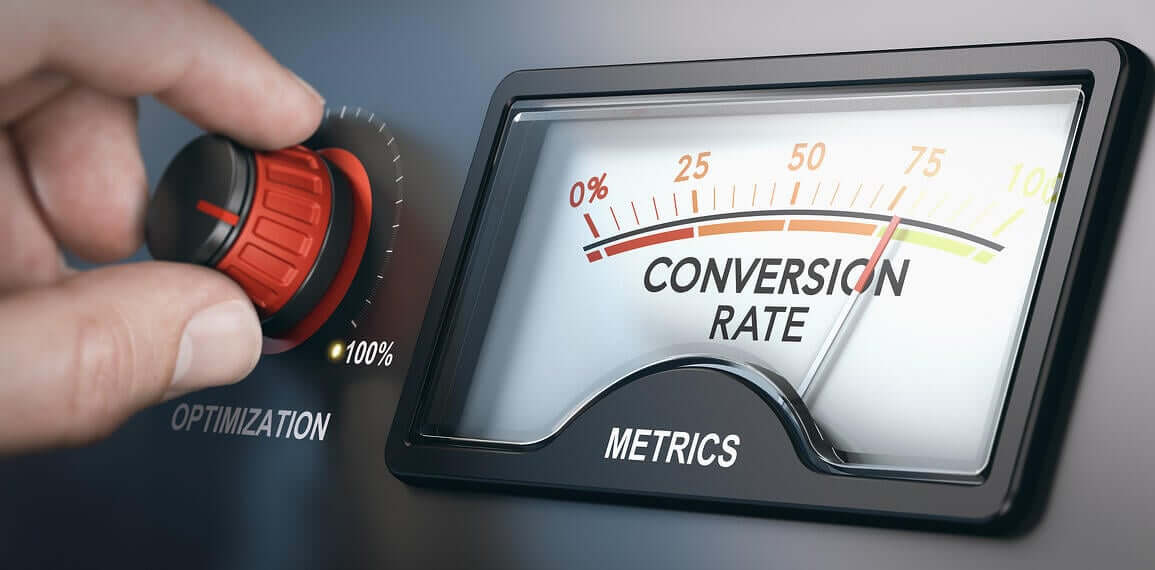
Cutting-Edge Marketing to Grow Your Business.

Creating and implementing a marketing plan with strong foundations in inbound marketing is only the first step towards success. Once you’ve started, it’s essential to continuously monitor your marketing performance by using inbound marketing metrics. Keeping track of this data can help you further fine-tune your marketing plans in order to remove friction from the flywheel, keep customers engaged, and build your brand bigger than ever.
While there are certain metrics that are commonly used to evaluate marketing performance, the reality is, the most effective metrics for your business will depend on your businesses’ goals and what you are trying to achieve. However, knowing the most typical methods of evaluating your businesses’ marketing performance can help you establish which methods are most relevant to you!
Some of the most common inbound marketing metrics include:
 Website traffic: Knowing how many visitors are interacting with your website, and in what ways they are interacting, is critical in gauging how relevant or engaging your site is. Website traffic can be measured by things such as organic search, referral sites, social media, unique page views, and unique clicks. All of this data combined can give you comprehensive insight on your brand’s performance.
Website traffic: Knowing how many visitors are interacting with your website, and in what ways they are interacting, is critical in gauging how relevant or engaging your site is. Website traffic can be measured by things such as organic search, referral sites, social media, unique page views, and unique clicks. All of this data combined can give you comprehensive insight on your brand’s performance.
 Social engagement: Engagement on social media can showcase how motivated or passionate customers are about your business. Social engagement can be measured by number of followers, likes, shares, comments, impressions per post, type of content being shared, and conversion rates from social media leads. The happier people are with your products or services, the more they’ll share on social media!
Social engagement: Engagement on social media can showcase how motivated or passionate customers are about your business. Social engagement can be measured by number of followers, likes, shares, comments, impressions per post, type of content being shared, and conversion rates from social media leads. The happier people are with your products or services, the more they’ll share on social media!
 Leads, opportunities, and revenue by source: Inbound marketing metrics such as conversion rates and lead quality can indicate how successful your strategy is at converting interest into sales and revenue. Measuring by the source can help you compare sources and determine where to focus your marketing efforts to make the most impact. Finally, a good tool to use as a success indicator is a lead conversion formula. It will give you an idea of how much each customer costs you.
Leads, opportunities, and revenue by source: Inbound marketing metrics such as conversion rates and lead quality can indicate how successful your strategy is at converting interest into sales and revenue. Measuring by the source can help you compare sources and determine where to focus your marketing efforts to make the most impact. Finally, a good tool to use as a success indicator is a lead conversion formula. It will give you an idea of how much each customer costs you.
Percent of leads from inbound: If potential customers approach your website first, without requiring initial contact from you, that’s a sign your strategy is working effectively. A higher percentage of inbound leads is therefore important to track. Keep an eye on the number of leads generated from inbound channels in relation to the total number of leads generated, in addition to cost per lead from various inbound channels.
These inbound marketing metrics are just the starting point. Consider which marketing metrics would best indicate success best for your business and closely examine those in order to most effectively evaluate performance.
There’s no way to evaluate your company’s progress and positively impact your sales cycle without data. Monitoring analytics can help you track the performance of your inbound marketing and determine what specific parts of your inbound marketing strategy are working effectively, and also help pinpoint places that can be improved.
Measuring metrics is especially important when first establishing your inbound marketing plan, as data and analytics might be the only information available to show the success of your strategy. Other examples of the impact of your inbound marketing strategy might take longer to show up, so monitoring metrics from the start can help ensure you’re on the right track. Then, consolidating those metrics into an easy-to-understand report can help guarantee all team members easily understand the crucial data and stay up-to-date on progress. Above all, by monitoring and reporting inbound marketing metrics, you’ll be able to better guide your customers along the purchasing path and convert interest into more sales.
In addition to monitoring and reporting your inbound marketing metrics, you should also be continuously tracking the process as well. Rather than only focus on specific data points, tracking analyzes all of the data and examines the overall trends in order to provide a better picture of your inbound marketing strategy’s progress. This is highly useful when evaluating your current strategy and provides more insight than just monitoring alone.
Inbound marketing–and marketing in general–is often a process of trial and error. While conducting research and preparing a well-laid out marketing plan beforehand can provide a great foundation to begin at, there are always specific areas that need to be tweaked. Sometimes, a change in inbound marketing tactics can be detrimental to your businesses’ performance, rather than beneficial. Benchmarking metrics allows businesses to clearly identify areas of improvement, evaluate how their performance compares with competitors, and better adapt your inbound marketing strategy to effectively engage with customers. That’s why keeping benchmark data on your marketing plans’ original performance is essential!
Inbound marketing metrics are an effective and essential way to measure how your implemented inbound marketing tactics are performing. Comparing analytics and using benchmarking can assist in further refining your marketing plans in order to better engage with your target audience and keep customers attracted to your content and your company. Overall, by carefully monitoring, tracking, and reporting on these valuable inbound marketing metrics, guiding your business towards more sales–and more success–becomes far easier to achieve!



Lorem Ipsum is a simple dummy text used as a dummy text contents. Lorem ipsum will be replaced. Lorem Ipsum is a simple dummy text used as a dummy text contents. Lorem ipsum will be replaced.Lorem Ipsum is a simple dummy text used as a dummy text contents. Lorem ipsum will be replaced.




